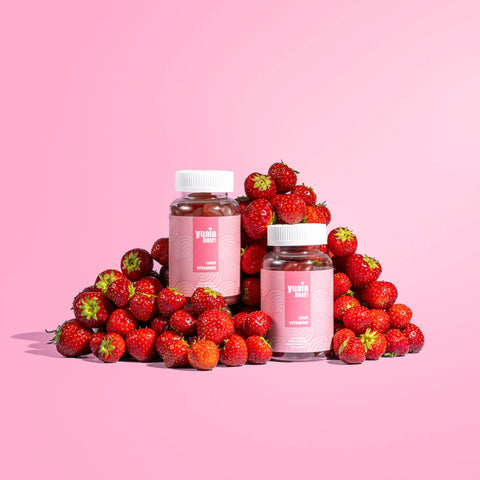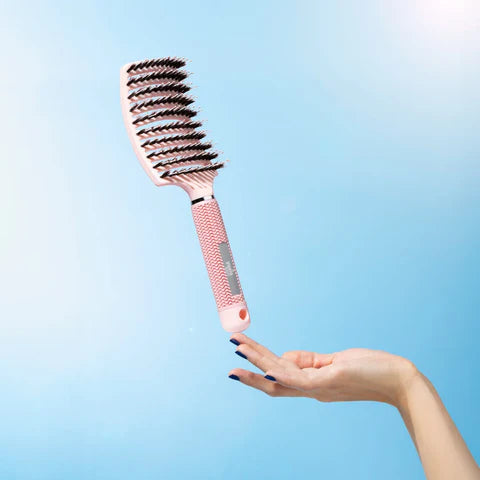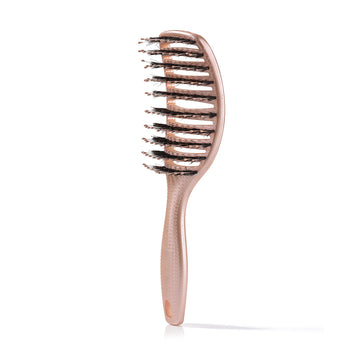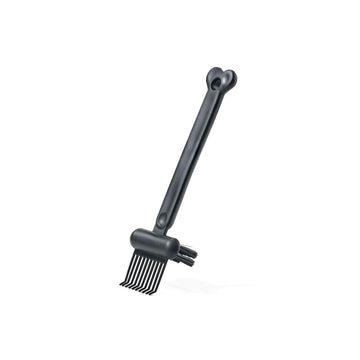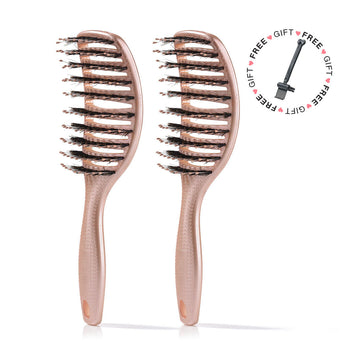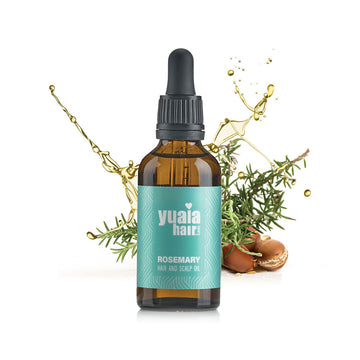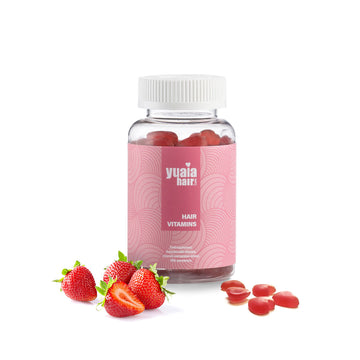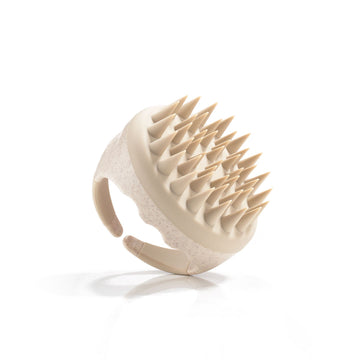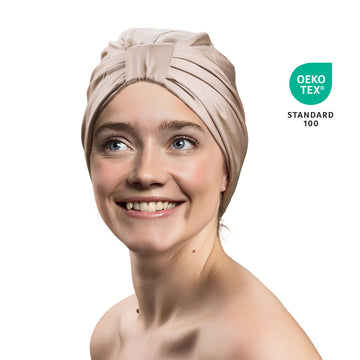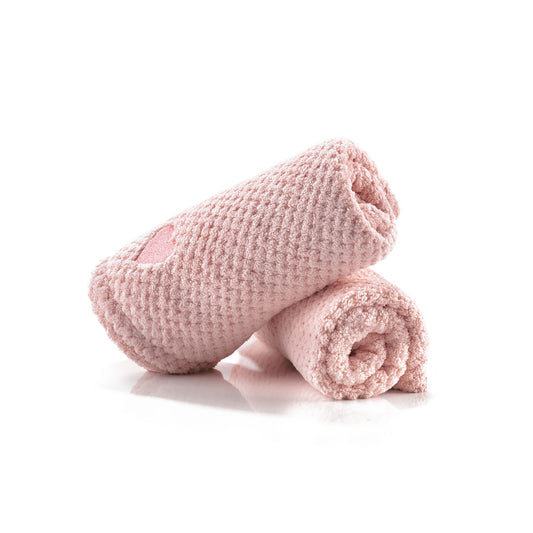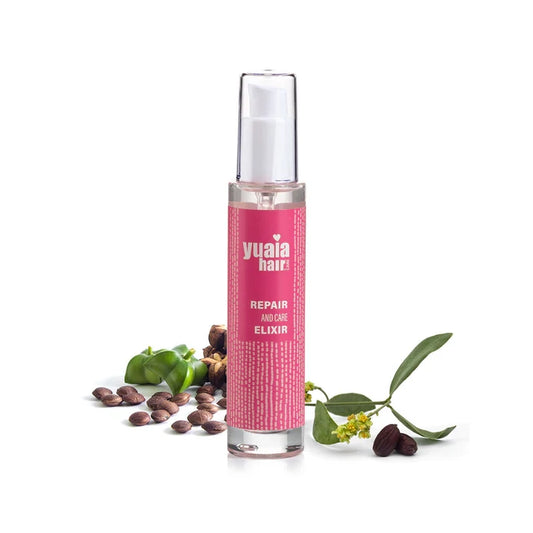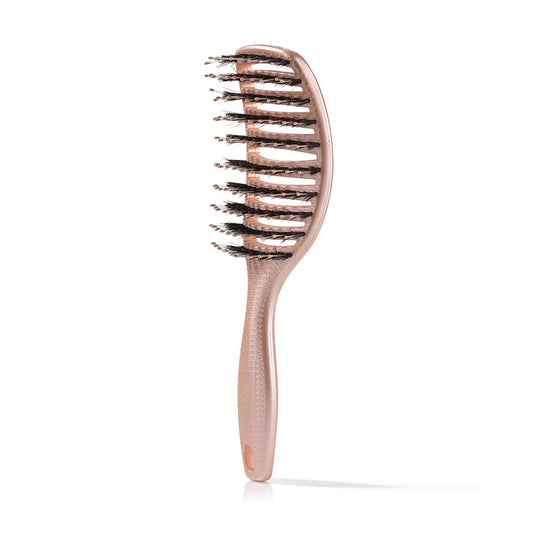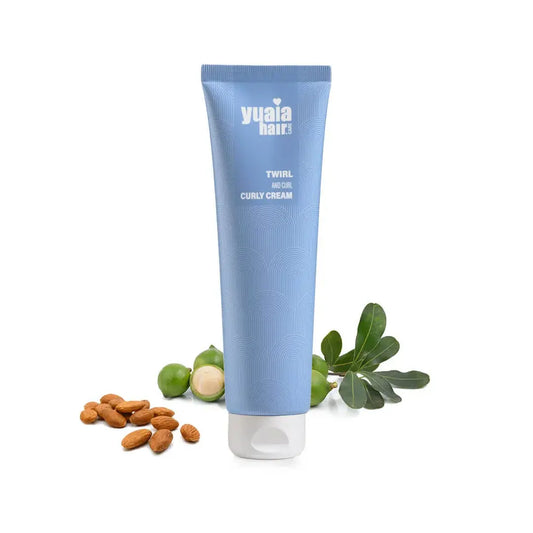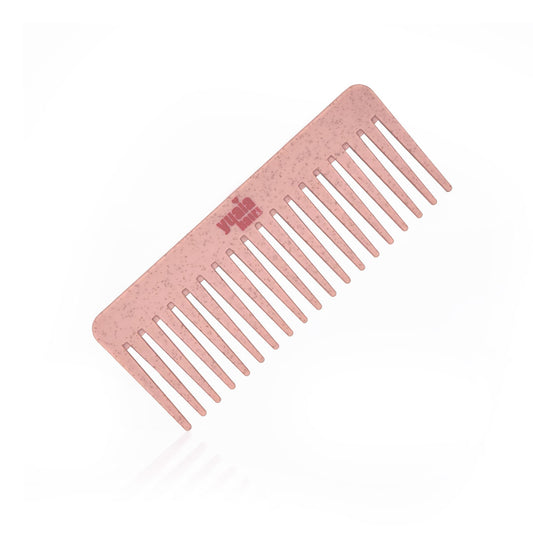
Understanding the impact of air drying on different hair types
While air drying is often seen as a natural and gentle method, its effects can vary significantly depending on hair type. For those with fine or straight hair, air drying can sometimes result in a lack of volume and a limp appearance. This is because the absence of heat styling can lead to flatness, which doesn't provide the lift often desired. To counteract this, briefly towel drying with a microfiber towel can help enhance body without causing friction or damage.
On the other hand, curly or wavy hair can benefit from air drying as it helps preserve the natural curl pattern. However, without the right products, such as our Twirl and Curl curly cream, there is a risk of increased frizz. This cream is designed to define curls and reduce frizz, providing a more polished look while maintaining the hair's natural texture.
Porous or damaged hair presents another challenge. This type of hair is more susceptible to hygral fatigue, a condition caused by repeated swelling and contraction of hair fibers due to prolonged dampness. To protect against this, using a protective product is essential. Products that form a barrier on the hair can help minimize water absorption and reduce the risk of internal damage.
Hybrid methods for healthier air drying
To minimize the potential drawbacks of air drying, consider incorporating hybrid methods into your routine. These methods aim to strike a balance between natural drying and reducing the time hair stays wet. One effective technique is partial towel drying. Using a microfiber towel can gently remove excess water, speeding up the drying process and minimizing frizz.
Another approach is to apply a leave-in conditioner or anti-frizz serum. These products can help protect the hair during the drying process by maintaining its internal structure and reducing the likelihood of damage. By applying these products immediately after washing, you can lock in moisture and shield the hair from environmental factors.
Additionally, consider the duration of wetness. Reducing the time your hair remains damp is crucial in preventing hygral fatigue and scalp issues. If air drying alone isn't achieving this, a brief use of a blow dryer on a low heat setting can help finish the drying process without causing heat damage.
Scalp care and hygiene considerations
Prolonged dampness doesn't just affect the hair but can also lead to scalp issues. When the scalp remains wet for extended periods, it creates an ideal environment for microbial growth, which can lead to dandruff and other scalp conditions. To avoid this, ensure that your hair dries thoroughly after washing. In humid climates, where drying takes longer, consider using a fan or a light blow-dry to ensure the scalp is completely dry.
Incorporating a routine that balances air drying with methods to reduce wetness duration can help maintain both hair and scalp health. By understanding your hair type and using the right products, you can enjoy the benefits of air drying while minimizing its potential risks.
For further care, explore our range of accessories, like our accessories collection, to support your hair care routine.
Practical tips for effective air drying
For those who prefer air drying, there are several strategies to ensure a healthier process. One key tool is the use of a microfiber towel. Unlike regular towels, microfiber towels are gentle on the hair and help remove excess water quickly, reducing the time your hair stays wet and minimizing the risk of hygral fatigue and frizz.
Another important aspect of air drying is gentle detangling. Wet hair is more fragile and prone to breakage, so it's best to use a wide-tooth comb or your fingers to detangle. This minimizes stress on the hair, helping maintain its integrity and reducing the risk of damage.
Styling and maintenance
Combining air drying with low-heat blow drying can offer the best of both worlds. By starting with air drying and finishing with a brief, low-heat blow dry, you can achieve a more controlled style without exposing your hair to excessive heat. This method also helps reduce the time your hair remains damp, which is beneficial for both hair and scalp health.
Adjusting your hair care routine according to seasonal changes and environmental conditions is also important. For instance, in humid conditions, it might be necessary to tweak your routine to ensure your hair dries thoroughly and to prevent scalp issues associated with prolonged dampness.
Frequently asked questions
Is air drying better than blow drying for all hair types?
The benefits of air drying versus blow drying depend on your hair type and desired outcome. Air drying avoids heat damage but can lead to frizz and flatness in some hair types. Blow drying offers more styling flexibility but can cause heat damage if not done carefully.
How can I reduce frizz when air drying curly hair?
To reduce frizz when air drying curly hair, use a microfiber towel to remove excess water and apply a curl-defining product. These steps help maintain curl definition and minimize frizz.
What are the best products to use when air drying?
Using products like leave-in conditioners or anti-frizz serums can protect your hair during air drying. These products help maintain moisture and reduce the risk of damage.

 2-4 dagen levering
2-4 dagen levering
 100.000+ tevreden klanten
100.000+ tevreden klanten
 Tevredenheidsgarantie
Tevredenheidsgarantie



